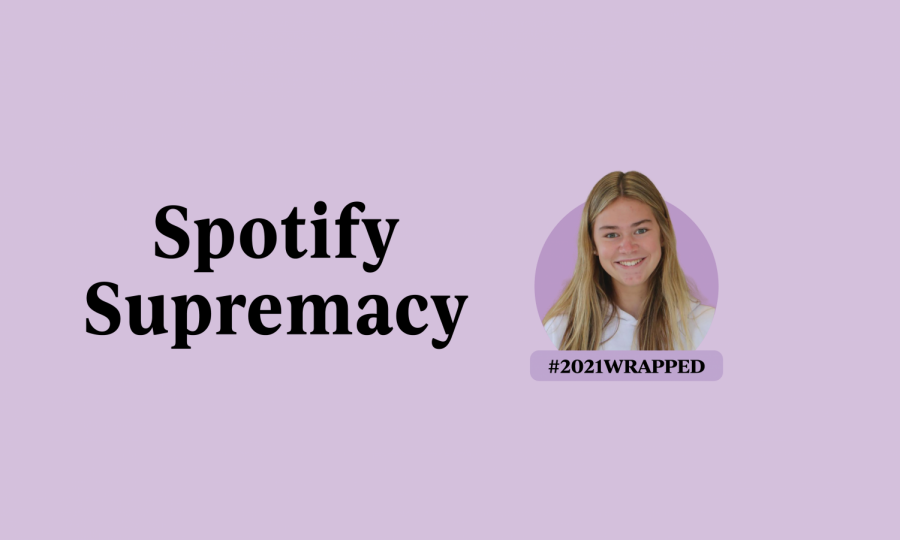The icy water envelops me and I gasp. Millions before me have already taken that same plunge.
The ALS Ice Bucket Challenge is the most recent in a long line of social media activism campaigns. However, as a movement that has raised a significant amount of money and awareness for ALS (amyotrophic lateral sclerosis) research, it also raises serious questions about philanthropy in our world today.
One of the most significant issues with philanthropy is the effect of moral licensing. Once people have behaved in a way they perceive as “morally good” (donating to charity, recycling, pouring ice water on their heads), they tend to become liberated to engage in more morally questionable behavior that they would have otherwise avoided. They think if they do something bad later, it’s okay because they already donated or recycled earlier. Philanthropy itself is not to blame for this effect. Rather, it is the way we as a society perceive charitable and morally good actions. Too frequently, we act because of narcissistic rather than altruistic tendencies: We often care more about looking good, rather than actually doing good. We want “good person” points. This is unsurprising, because there is a lot of social pressure to support charitable causes.
Moral licensing precipitates another problem: funding cannibalism (no, this does not mean donating money for people to eat other people). Funding cannibalism is the phenomenon of a well known and widely supported movement “cannibalizing” funds from another cause. Because of moral licensing, we are likely to limit the amount of money we donate. Thus, if we funnel money into one cause, we neglect others. Coupled with the power of social media, funding cannibalism calls into question our assumptions about activism—primarily that “all causes are equally important.” Indeed, even charities are unequal: some are more efficient and cost effective than others. It is imperative that we prioritize who and what we support. Should we, for example, be giving $100 to ALS when every $300* donated to UNICEF could save a child’s life? (If you want to satisfy your altruistic urges and license yourself to lie to your parents later or something, go to http://www.unicefusa.org/help/donate. If your parents ask, I never said it was okay to lie to them.)
When we consider the power of $300, many more questions arise. When donating, where do we draw the line? If every $300 could save another child’s life, is there a point where we stop? Do you really need a new phone, which is worth two lives? How about a car? A college education? Groceries? And what about the time value of money? If we assume one is smart with their money, $300 could turn into $600 in the future. If we wait a few years, we could potentially save the lives of two children rather than just one. But then we must consider the urgency of the causes those $300 would have gone to. For example, if our donation today is the last step to eradicating cancer, and prevents millions of people from suffering during the next decade, it seems obvious we would donate today rather than donate twice as much in a decade. Are you confused yet? Good. Philanthropy is not simple, and we shouldn’t pretend it is.
As a relatively prosperous community in a developed country, we are undoubtedly obligated to use our resources to better the world. But before we do, we must be sensitive to the consequences of our actions. Some poor, thirsty child could be drinking that water you just dumped on yourself.
*In New York University philosopher Peter Unger’s 1996 book “Living High and Letting Die,” he calculates the cost of saving a child via UNICEF or Oxfam America donations to be approximately $200, which includes providing food, water, shelter, and medical care from the ages of 2 to 6. Accounting for inflation, the modern day cost would be $300.
The views in this column do not necessarily reflect the views of the HiLite staff. Reach Alex Yu at [email protected].































![British royalty are American celebrities [opinion]](https://hilite.org/wp-content/uploads/2024/03/Screenshot-2024-03-24-1.44.57-PM.png)




















![Review: Quiet on Set: The Dark Side of Kids TV is the long awaited exposé of pedophilia within the children’s entertainment industry [MUSE]](https://hilite.org/wp-content/uploads/2024/04/unnamed.jpg)
![Review: “The Iron Claw” cannot get enough praise [MUSE]](https://hilite.org/wp-content/uploads/2024/04/unnamed.png)
![Review: “The Bear” sets an unbelievably high bar for future comedy shows [MUSE]](https://hilite.org/wp-content/uploads/2024/03/unnamed.png)
![Review: “Mysterious Lotus Casebook” is an amazing historical Chinese drama [MUSE]](https://hilite.org/wp-content/uploads/2024/03/0.webp)
![Thea Bendaly on her Instagram-run crochet shop [Biz Buzz]](https://hilite.org/wp-content/uploads/2024/03/IMG_0165-1200x838.jpg)
![Review in Print: Maripaz Villar brings a delightfully unique style to the world of WEBTOON [MUSE]](https://hilite.org/wp-content/uploads/2023/12/maripazcover-1200x960.jpg)
![Review: “The Sword of Kaigen” is a masterpiece [MUSE]](https://hilite.org/wp-content/uploads/2023/11/Screenshot-2023-11-26-201051.png)
![Review: Gateron Oil Kings, great linear switches, okay price [MUSE]](https://hilite.org/wp-content/uploads/2023/11/Screenshot-2023-11-26-200553.png)
![Review: “A Haunting in Venice” is a significant improvement from other Agatha Christie adaptations [MUSE]](https://hilite.org/wp-content/uploads/2023/11/e7ee2938a6d422669771bce6d8088521.jpg)
![Review: A Thanksgiving story from elementary school, still just as interesting [MUSE]](https://hilite.org/wp-content/uploads/2023/11/Screenshot-2023-11-26-195514-987x1200.png)
![Review: When I Fly Towards You, cute, uplifting youth drama [MUSE]](https://hilite.org/wp-content/uploads/2023/09/When-I-Fly-Towards-You-Chinese-drama.png)
![Postcards from Muse: Hawaii Travel Diary [MUSE]](https://hilite.org/wp-content/uploads/2023/09/My-project-1-1200x1200.jpg)
![Review: Ladybug & Cat Noir: The Movie, departure from original show [MUSE]](https://hilite.org/wp-content/uploads/2023/09/Ladybug__Cat_Noir_-_The_Movie_poster.jpg)
![Review in Print: Hidden Love is the cute, uplifting drama everyone needs [MUSE]](https://hilite.org/wp-content/uploads/2023/09/hiddenlovecover-e1693597208225-1030x1200.png)
![Review in Print: Heartstopper is the heartwarming queer romance we all need [MUSE]](https://hilite.org/wp-content/uploads/2023/08/museheartstoppercover-1200x654.png)























![Review: Ladybug & Cat Noir: The Movie, departure from original show [MUSE]](https://hilite.org/wp-content/uploads/2023/09/Ladybug__Cat_Noir_-_The_Movie_poster-221x300.jpg)

![Review: Next in Fashion season two survives changes, becomes a valuable pop culture artifact [MUSE]](https://hilite.org/wp-content/uploads/2023/03/Screen-Shot-2023-03-09-at-11.05.05-AM-300x214.png)
![Review: Is The Stormlight Archive worth it? [MUSE]](https://hilite.org/wp-content/uploads/2023/10/unnamed-1-184x300.png)






